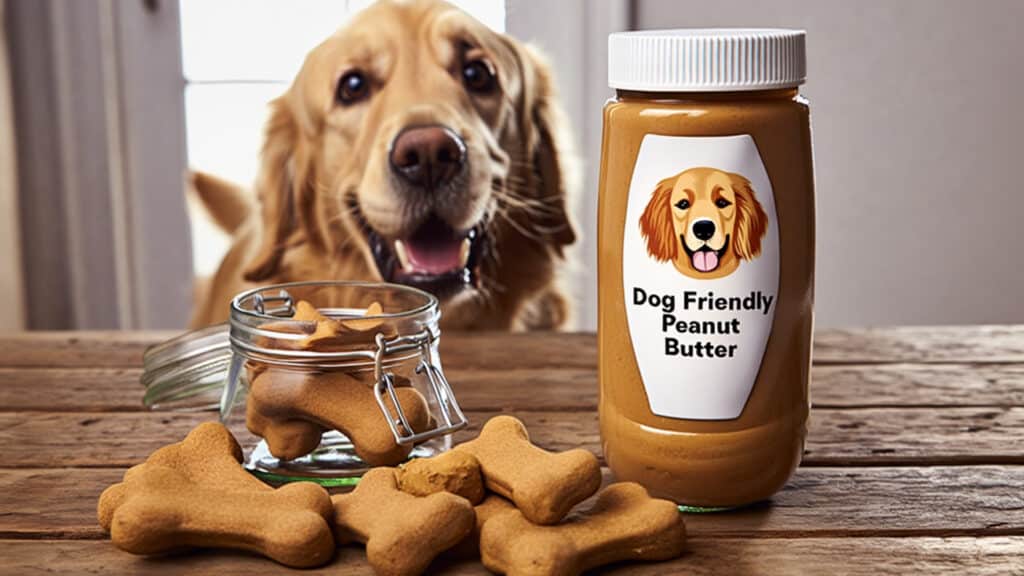If you’ve ever read the back of your dog’s food bag, you’ve probably noticed “chicken meal” listed near the top. It sounds simple, but many pet owners aren’t sure what it really means.
Is it real chicken? Is it healthy? Or is it just filler with a fancy name? This post will clear up the confusion for you.
This is what you’ll learn:
- What chicken meal actually is
- How it’s made and what goes into it
- How it compares to chicken meat and by-products
This article shares clear facts to help you understand what’s really in your dog’s food, so you can choose meals made with real ingredients, not just nice-sounding labels.
What Is Chicken Meal in Dog Food?
Chicken meal is a concentrated source of protein found in many commercial dog foods.
It’s made from clean, rendered parts of chicken, typically the meat, skin, and sometimes bone, but it doesn’t include feathers, heads, or feet.
During rendering, the parts are cooked to remove moisture and fat, leaving a dry, nutrient-rich powder. Because it’s dehydrated, chicken meal provides more protein per pound than fresh chicken.
This makes it a practical ingredient for dog food producers and a reliable source of nutrition for dogs.
If “chicken meal” appears near the top of the label, it means the food has a rich, high-quality protein that supports muscle and health.
It’s one of the reasons many balanced dog diets include it as a key ingredient.
How Chicken Meal Is Made?

Chicken meal is made through a process called rendering, which turns chicken parts into a nutrient-dense powder used in dog food. It starts with clean chicken parts such as meat, skin, and sometimes bone.
These parts are carefully checked for quality before processing.
They are then cooked at high temperatures to remove water, fat, and bacteria, which leaves behind a dry, concentrated protein source.
After cooking, the mixture is dried and ground into a fine powder known as chicken meal.
This process makes it easy to store and mix into kibble while keeping key nutrients like protein and calcium. Because it’s already dehydrated, chicken meal provides more protein per pound than fresh chicken.
The rendering process also improves digestibility, ensuring that dogs get steady energy and strong muscle support from every serving.
What Goes Into Chicken Meal?
Chicken meal may sound complicated, but it’s really just made from simple, clean chicken parts that go through a careful cooking process.
1. Clean Chicken Parts
When I say “chicken meal,” I’m talking about chicken meat, skin, and sometimes ground bone. These parts are chosen from healthy chickens that meet safety standards for pet food.
They’re cooked to remove water and fat, leaving behind a dense, protein-rich base.
I like that this process keeps much of the good stuff dogs need, like amino acids and minerals, while cutting down on unnecessary moisture.
The result is a clean, dry ingredient that provides long-lasting nutrition and supports muscle growth.
2. No Waste Materials
You won’t find feathers, heads, or feet in good-quality chicken meal, and that’s important to me. These waste parts don’t add nutrition and can lower the quality of the food.
I always recommend checking the label for specific wording like “chicken meal,” not “poultry meal” or “meat meal.”
Those vague terms often mean mixed or low-quality sources.
By choosing a named ingredient, you can trust that the chicken meal comes from cleaner, more traceable parts of the bird.
3. Natural Nutrients
Chicken meal naturally holds protein, amino acids, and minerals that help dogs stay healthy and strong. These nutrients support muscle repair, healthy skin, and a shiny coat.
Because the ingredient is concentrated, a small amount goes a long way in your dog’s diet.
I’ve found that when it’s made properly, chicken meal provides steady energy and easier digestion. It’s also a dependable choice for keeping your dog active without relying on synthetic additives or fillers.
Chicken Meal vs. Chicken By-Products
Many dog owners mix up chicken meal with chicken by-products, but they’re not the same. Both come from chicken, yet the parts used and the quality can differ. Below is a simple comparison to make it clear:
| Feature | Chicken Meal | Chicken By-Products |
|---|---|---|
| Definition | A rendered, dried form of clean chicken parts | A mix of leftover chicken parts after the meat is removed |
| Parts Used | Meat, skin, and small amounts of bone | Organs, necks, feet, and other non-muscle parts |
| Protein Quality | High and consistent | Variable depending on the mix |
| Processing | Cooked, dried, and ground into meal | Rendered into a meal or a paste |
| Label Clarity | Often labeled clearly as “chicken meal” | May appear as “chicken by-product meal” |
| Nutritional Value | Rich in protein and minerals | Depends on the quality and source |
Chicken Meal vs. Chicken Meat: What’s the Difference?
Chicken meal and chicken meat differ mainly in moisture and protein content. Chicken meal is a dried, concentrated form of chicken that has had most of its water removed, making it much higher in protein by weight.
Fresh chicken meat has about 70% water, so it provides less protein after cooking.
Because of this, dog food makers often use chicken meal to ensure consistent protein levels and better nutrition in each serving.
It’s also more stable and easier to store than fresh chicken, which can spoil quickly.
When made from quality sources, chicken meal provides dogs with essential amino acids and nutrients they need for muscle growth, energy, and overall health.
How to Spot Quality Chicken Meal on Labels?
It can be hard to tell if the chicken meal in your dog’s food is high-quality or just filler. I’ve learned that small label details make a big difference, so here’s how you can spot the good stuff when checking a bag or can.
- Check for a clear name: Always look for “chicken meal” listed as one of the first ingredients. Avoid vague terms like “poultry meal” or “meat meal.”
- Watch ingredient order: If it’s near the top of the list, it means there’s a good amount of protein in the food.
- Look for transparency: Trusted brands often explain where their chicken comes from or mention “human-grade” or “USDA-approved” sources.
- Skip vague blends: Avoid labels that mix several meats together or don’t name the specific animal.
- Check for extra fillers: Be cautious of dog foods that include a lot of corn, soy, or artificial additives alongside chicken meal.
- Trust the brand’s reputation: I always stick to brands that share sourcing details and test their ingredients for safety and quality.
Is Chicken Meal Good for Dogs?

I think chicken meal can be a good source of nutrition for your dog when it comes from a named, high-quality source.
It’s packed with protein, which helps your dog build strong muscles and stay active. Because it’s dried and concentrated, it gives more protein per bite than fresh chicken.
I’ve found that most dogs digest chicken meal easily, which means they get more nutrients from it.
Still, quality matters; choose foods that list chicken meal clearly instead of vague terms like poultry meal. That small detail can tell you a lot about what’s really in the bag.
If your dog has a food allergy or a sensitive stomach, you might want to check with your vet before switching.
But overall, chicken meal is a safe, nutrient-rich ingredient when it’s made from clean, traceable chicken parts.
Conclusion
Chicken meal is a concentrated, protein-rich ingredient made from clean, cooked chicken parts like meat, skin, and small amounts of bone.
It’s widely used in dog food because it provides more nutrients and less water than fresh chicken.
However, not all chicken meals are made the same. The quality depends on the source and how it’s processed. That’s why I always tell readers to check the ingredient list closely.
Look for clearly labeled terms like “chicken meal” instead of vague ones such as poultry meal.
Trusted brands usually share where their ingredients come from and use safe, traceable sources.
In the end, chicken meal can be a healthy and valuable part of your dog’s diet when it’s made from high-quality chicken and handled with care.








